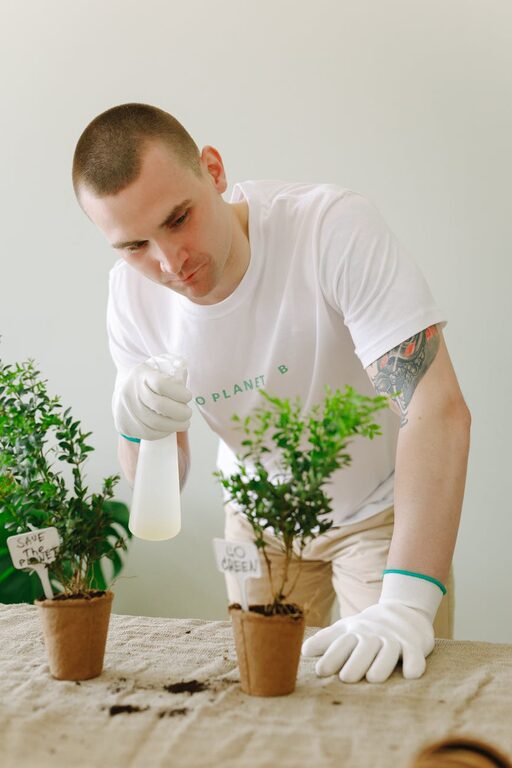Bringing houseplants into your home can brighten any room and improve air quality. However, keeping these green companions thriving requires a bit of know-how and regular attention. Whether you’re a seasoned plant parent or just starting out, these tips will help you maintain healthy, happy houseplants.
Understanding Your Plant’s Needs
Every plant species has unique requirements. The first step to keeping your houseplants healthy is learning about each plant’s preferred environment.
Light Requirements
Plants vary widely in their light needs:
– Bright direct light: Succulents and cacti usually love full sun.
– Bright indirect light: Many tropical plants like pothos and peace lilies thrive here.
– Low light: Some species like snake plants and ZZ plants can tolerate lower light doses.
Place your plants accordingly. If a plant looks leggy or its leaves are fading, it may not be getting the right amount of light.
Watering Wisely
Overwatering is one of the most common problems with houseplants. The key is to water only when the soil is dry to the touch. Different plants have different moisture needs:
– Succulents: Water sparingly; allow soil to dry completely.
– Tropical plants: Keep soil consistently moist but not soggy.
– Air plants: Mist frequently or soak briefly every week.
Tip: Use pots with drainage holes to prevent water from pooling at the bottom, which can cause root rot.
Humidity and Temperature
Most houseplants enjoy moderate to high humidity and stable temperatures:
– Keep plants away from drafty windows, vents, or heaters.
– Consider grouping plants together to create a mini-humid environment.
– For dry homes, using a humidifier or placing a water tray near plants can help.
Routine Plant Care Practices
Establishing a simple routine will help your plants stay healthy over time.
Feeding Your Plants
Simply watering isn’t enough. Plants also need nutrients.
– Use a balanced, water-soluble fertilizer during the growing season (spring and summer).
– Follow package directions, as too much fertilizer can damage roots.
– Reduce feeding during fall and winter when many plants rest.
Pruning and Cleaning
Pruning encourages growth and removes unhealthy parts.
– Trim yellow or dead leaves promptly.
– Pinch back leggy stems to encourage bushier growth.
– Wipe leaves every few weeks with a damp cloth to remove dust and improve photosynthesis.
Repotting
Plants outgrow their pots and need fresh soil every 1-2 years.
– Choose a pot slightly larger than the current one.
– Use a suitable potting mix for your plant type.
– Handle roots gently and water your plant well after repotting.
Troubleshooting Common Problems
Even with good care, problems can arise.
Pests
Common pests include aphids, spider mites, and mealybugs.
– Spot infestations early by checking leaves and stems regularly.
– Remove pests with a cloth or spray plants with a mild insecticidal soap.
– Isolate infected plants to avoid spreading.
Leaf Issues
– Yellowing leaves often indicate overwatering or poor drainage.
– Drooping leaves might mean underwatering or too much sun.
– Brown leaf tips can result from dry air or fertilizer burn.
Adjust your care routine based on these signs.
Tips for Busy Plant Owners
If you’re short on time, these tips can help:
– Choose low-maintenance plants like snake plants, pothos, or philodendrons.
– Use self-watering pots or watering globes.
– Group plants with similar needs together to streamline care.
Conclusion
Healthy houseplants bring joy, color, and freshness into your living space. By understanding each plant’s needs, establishing a care routine, and addressing problems early, you can enjoy thriving greenery year-round. Remember, patience and observation are key—your plants will thank you!
Happy gardening!

